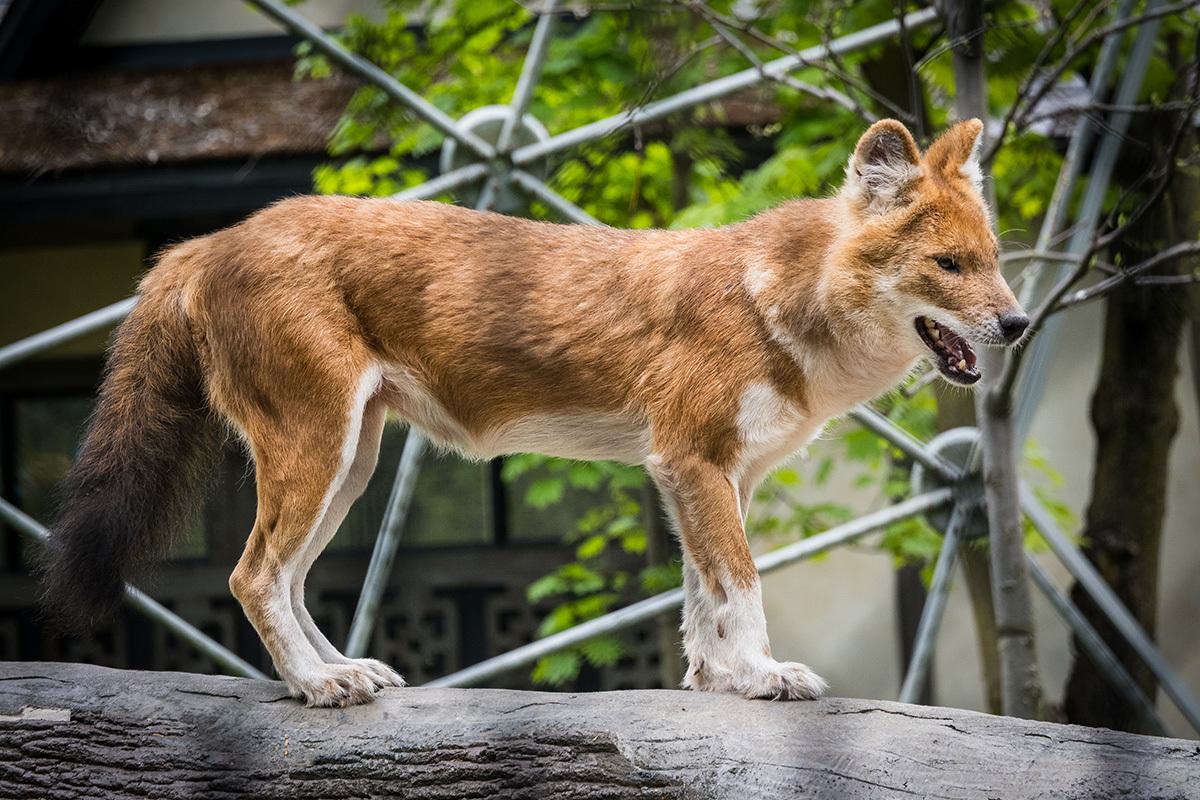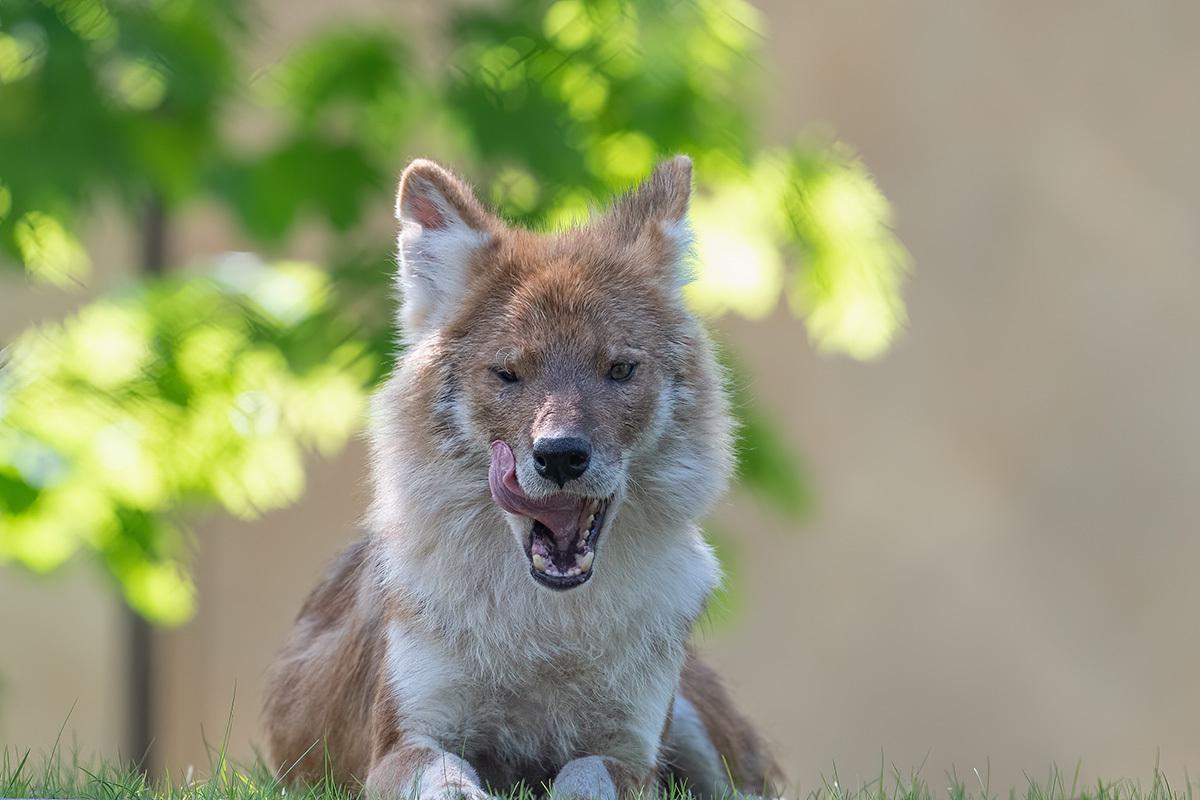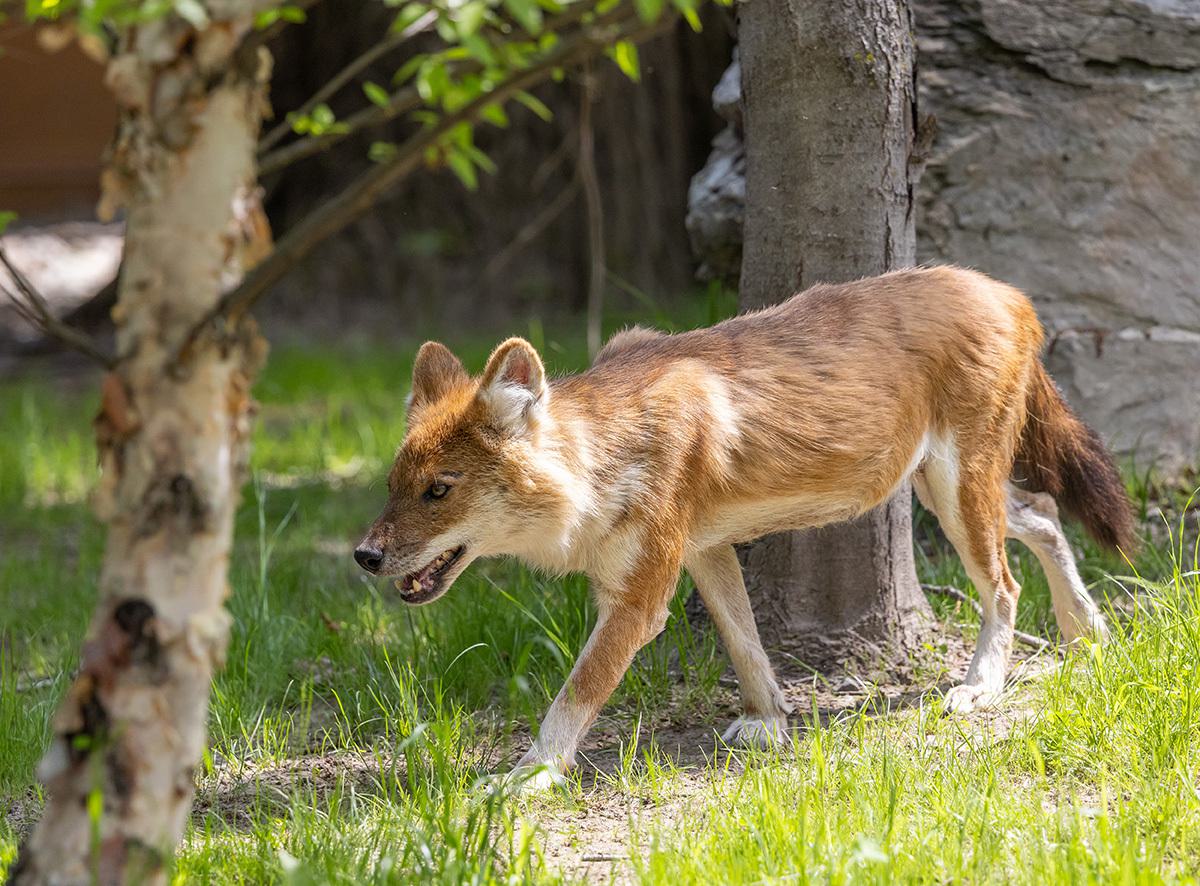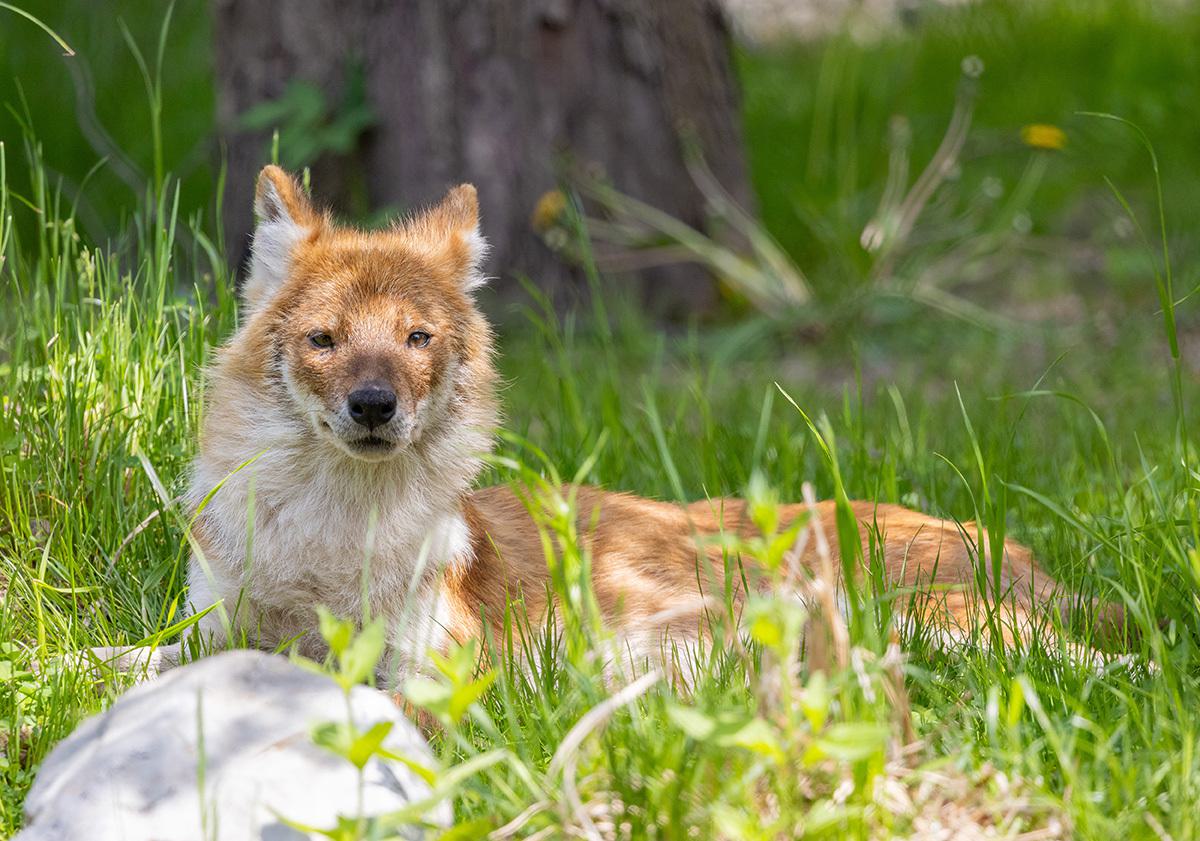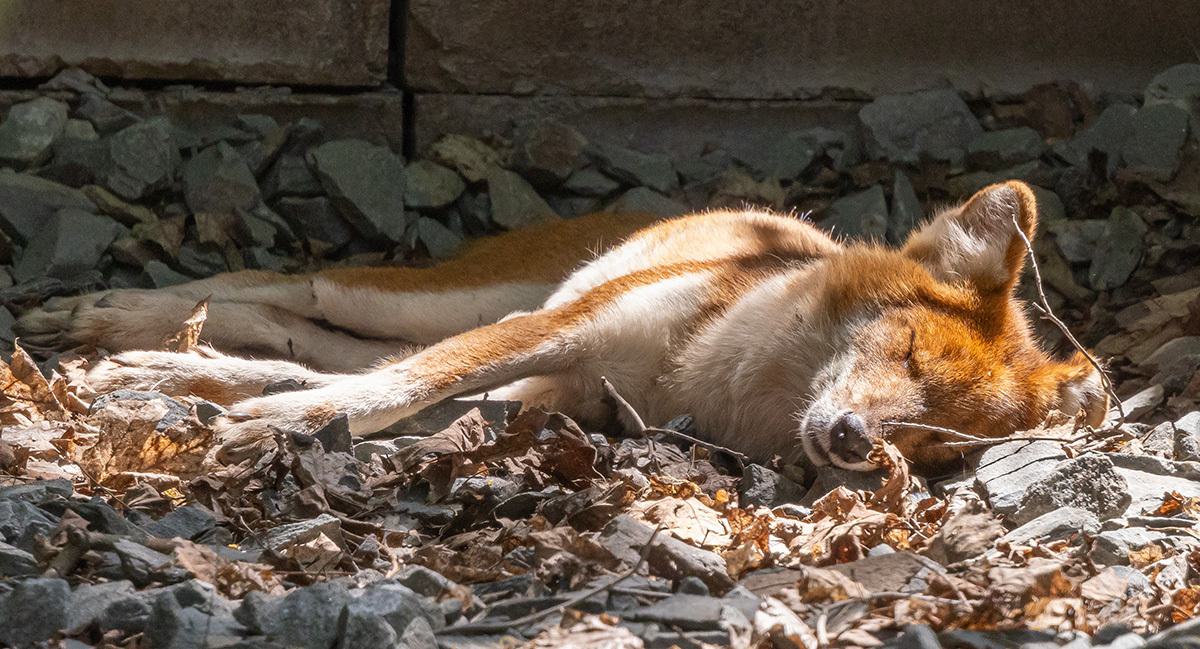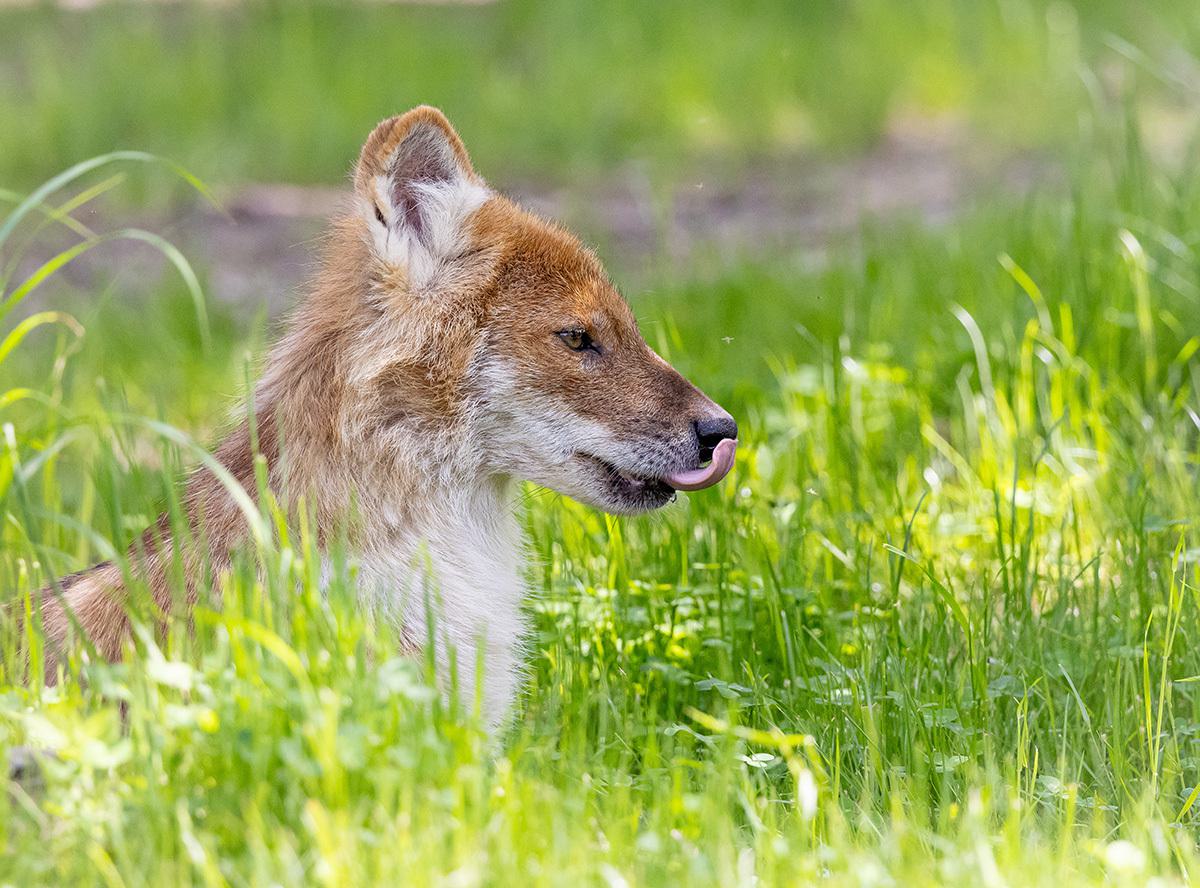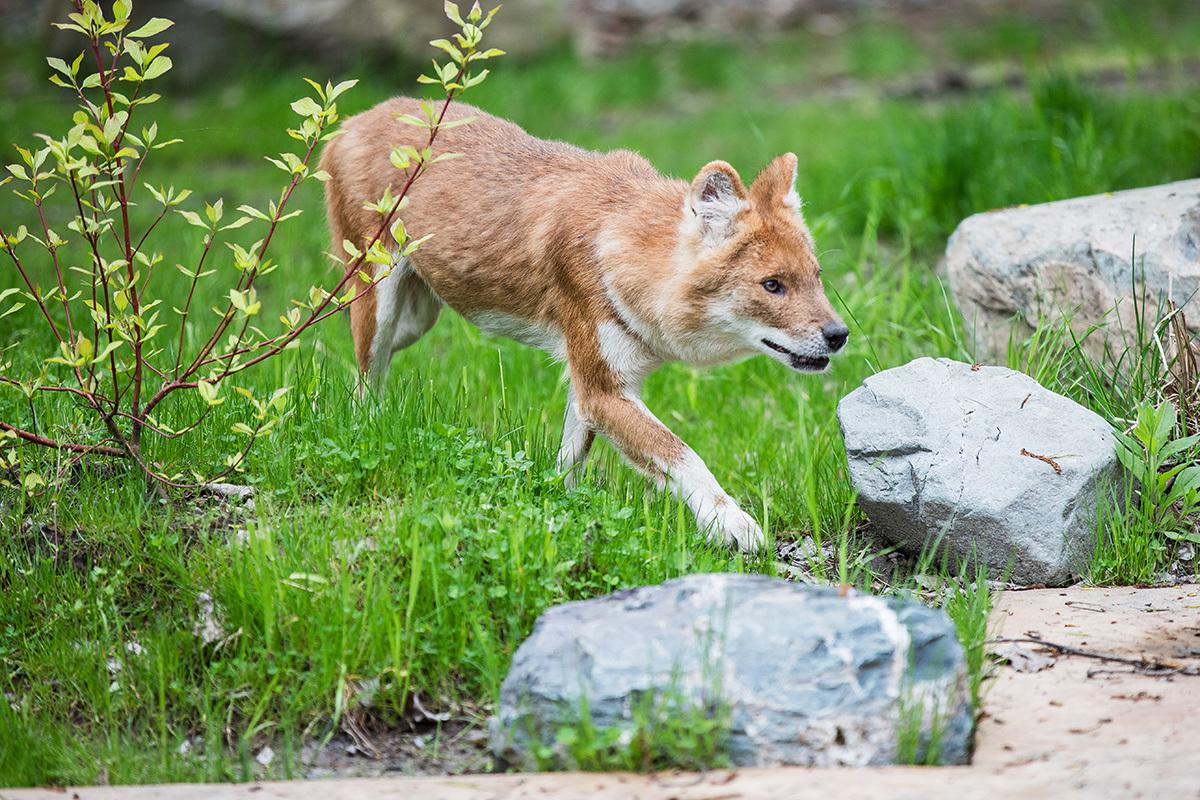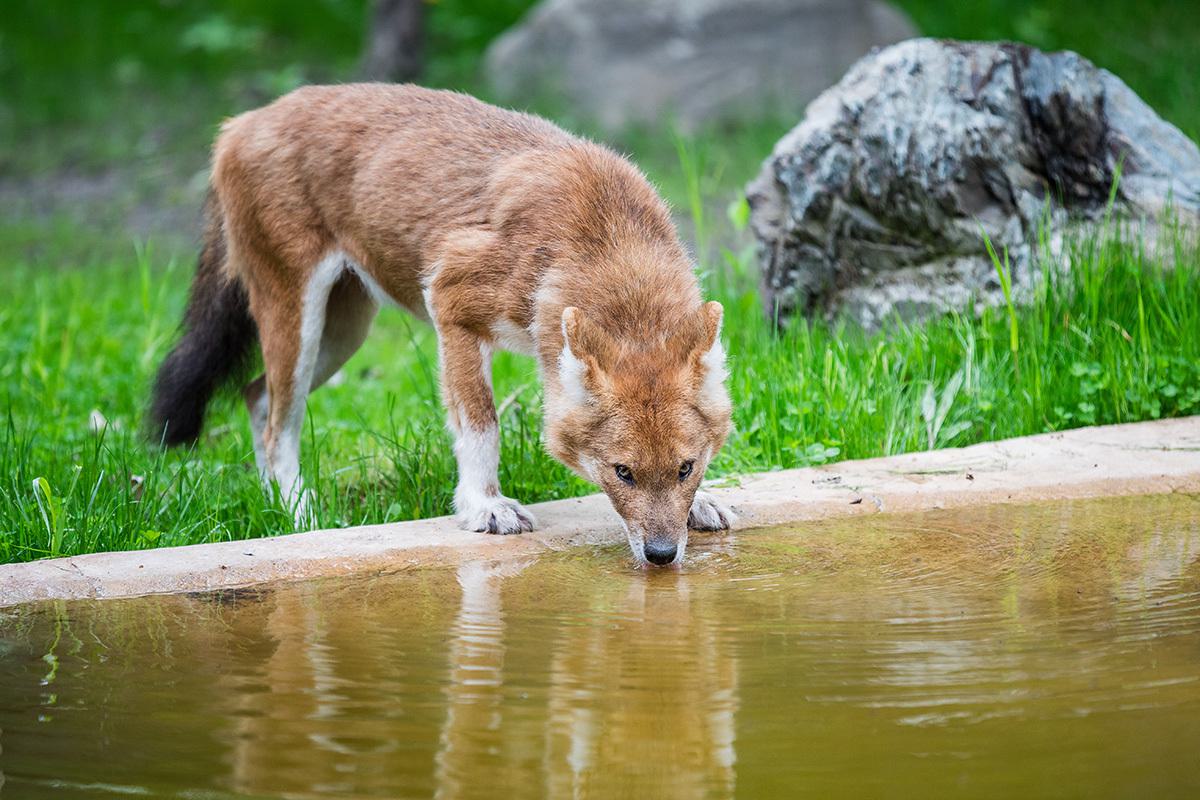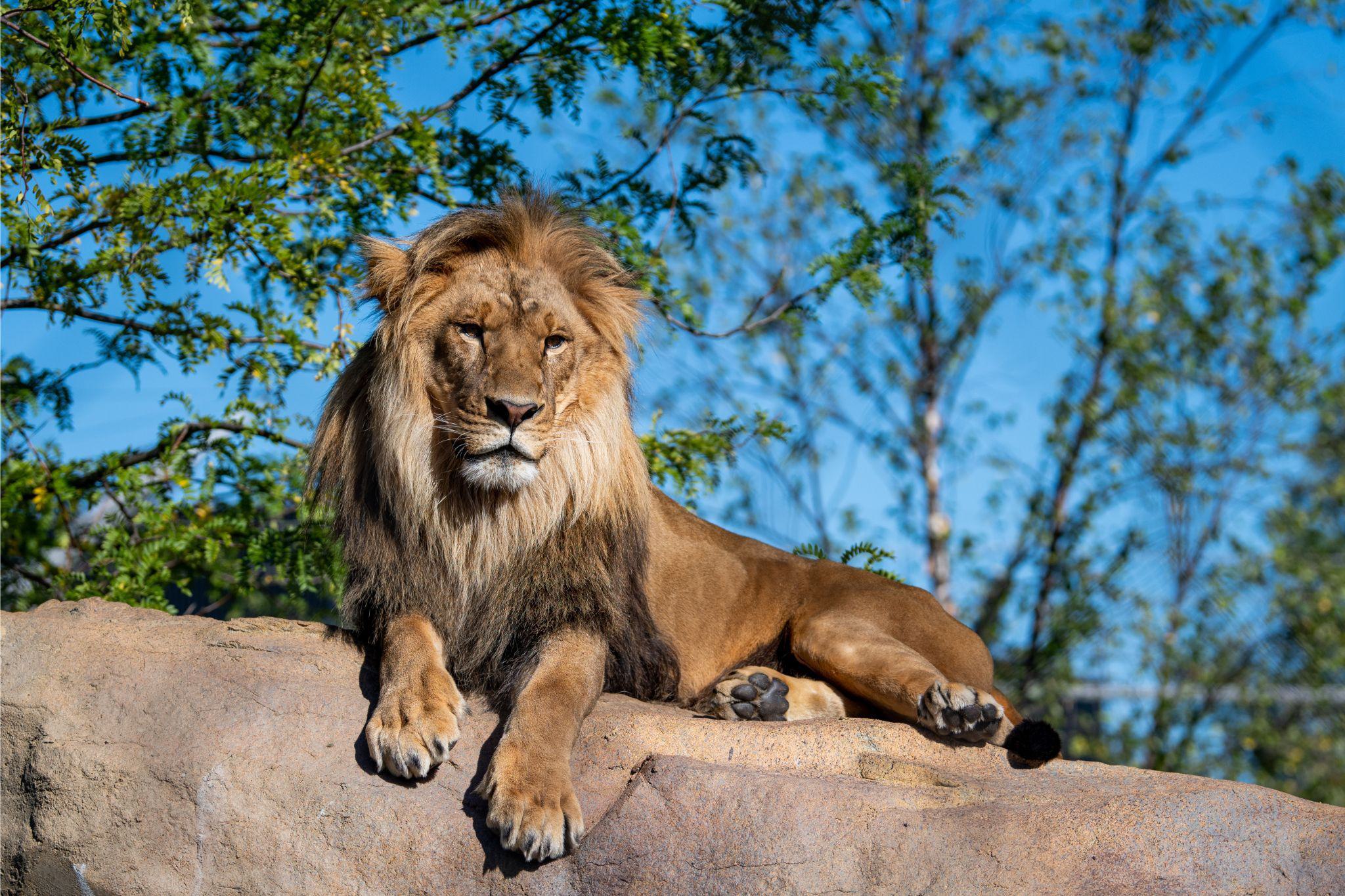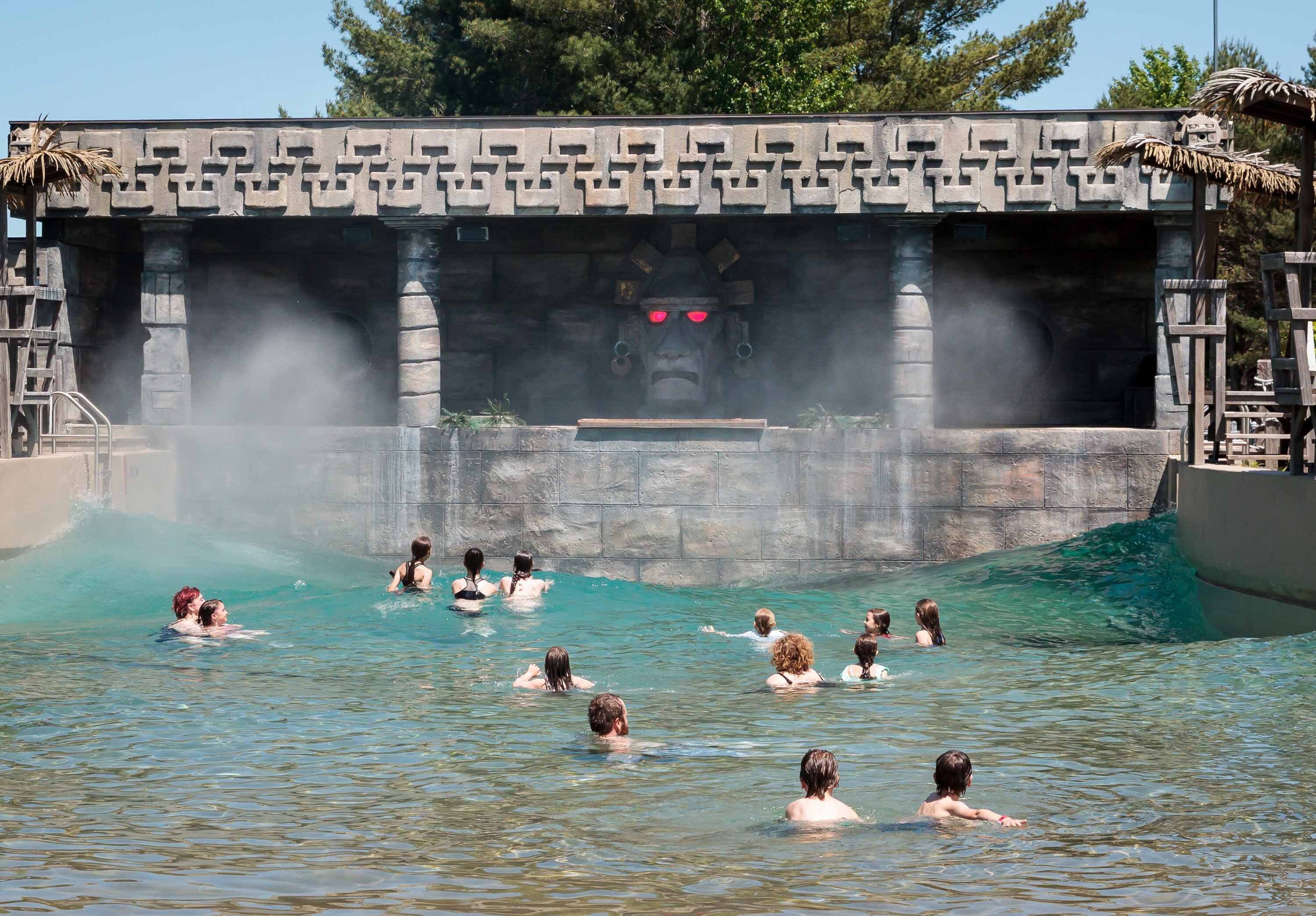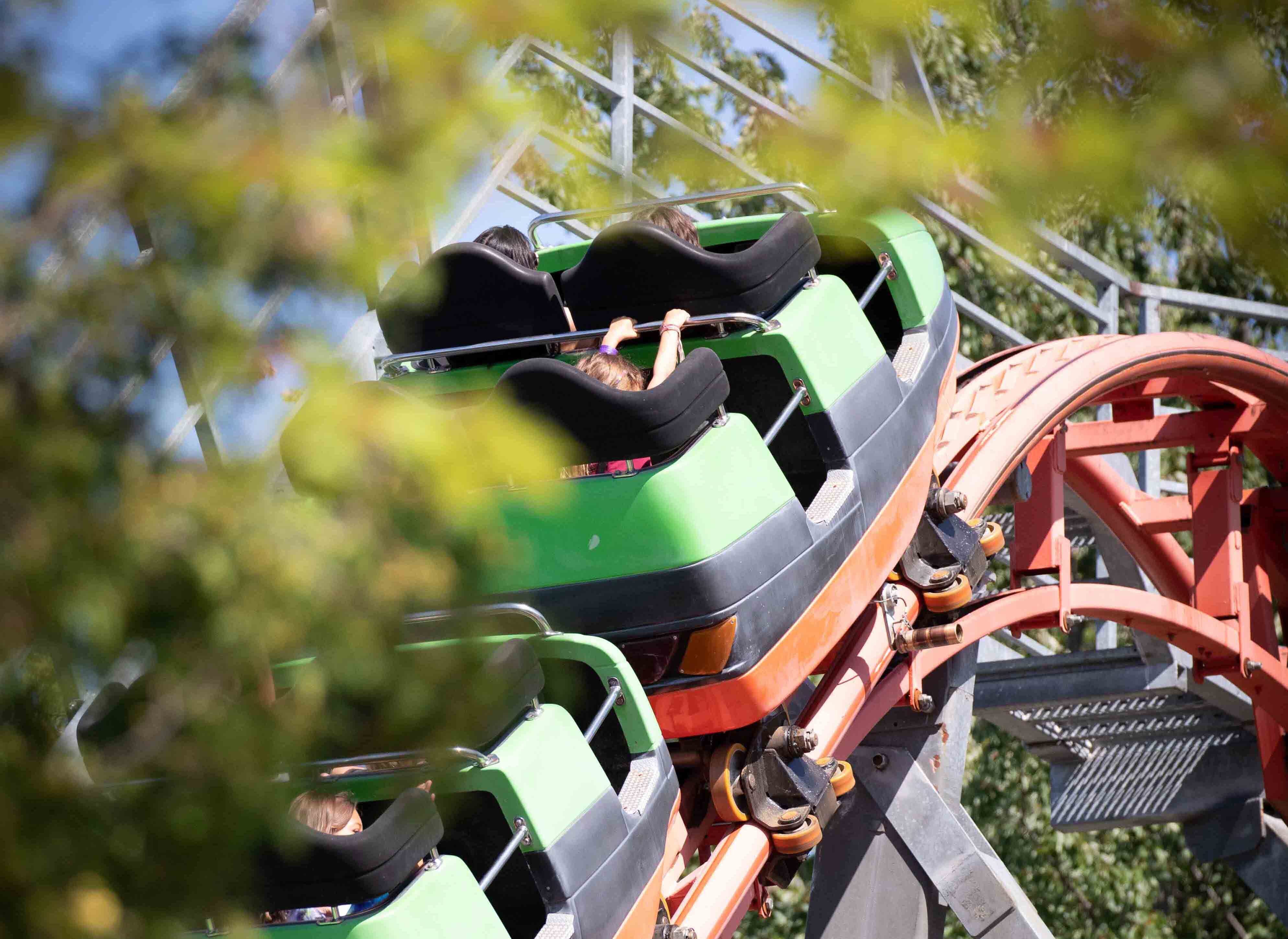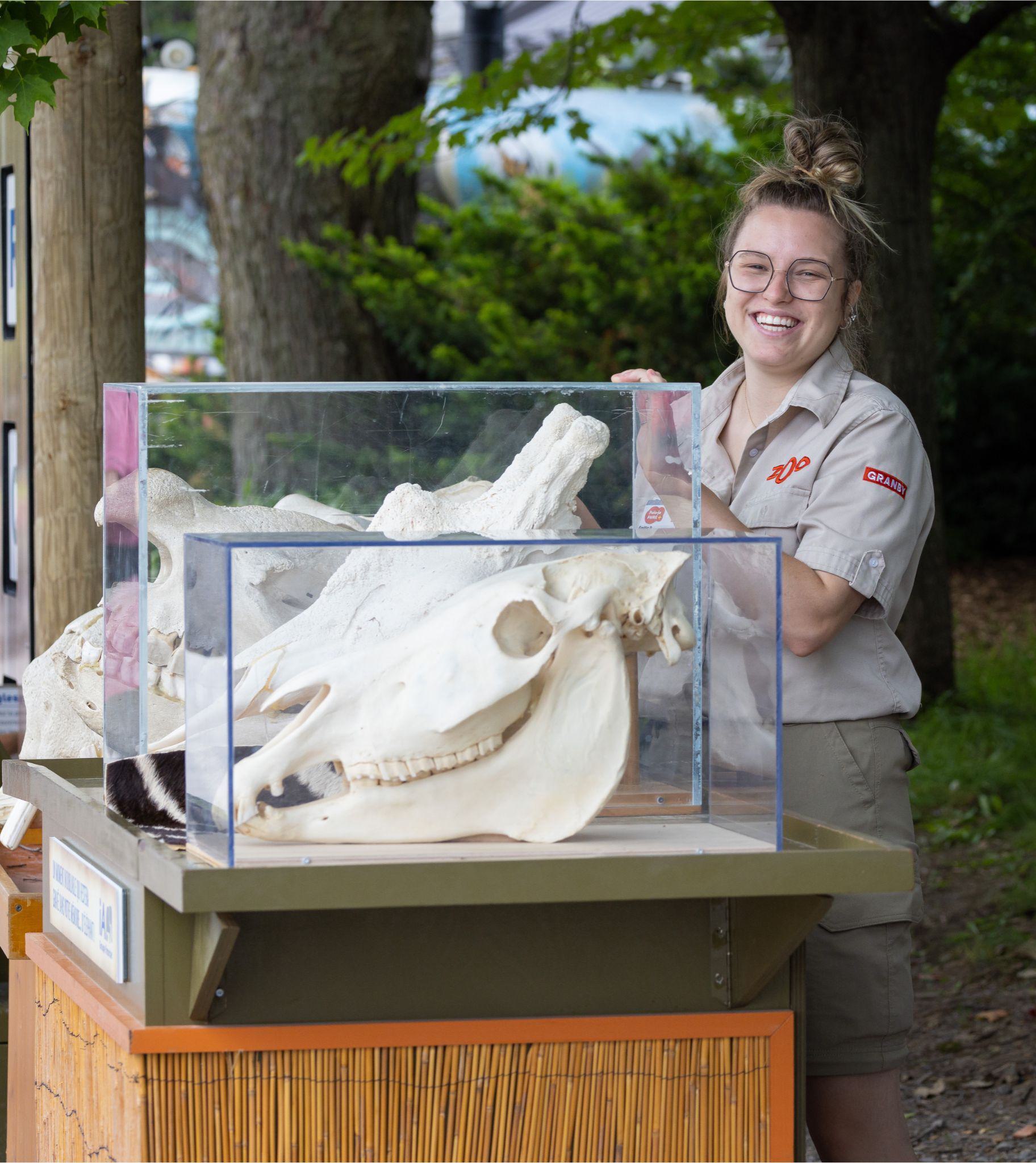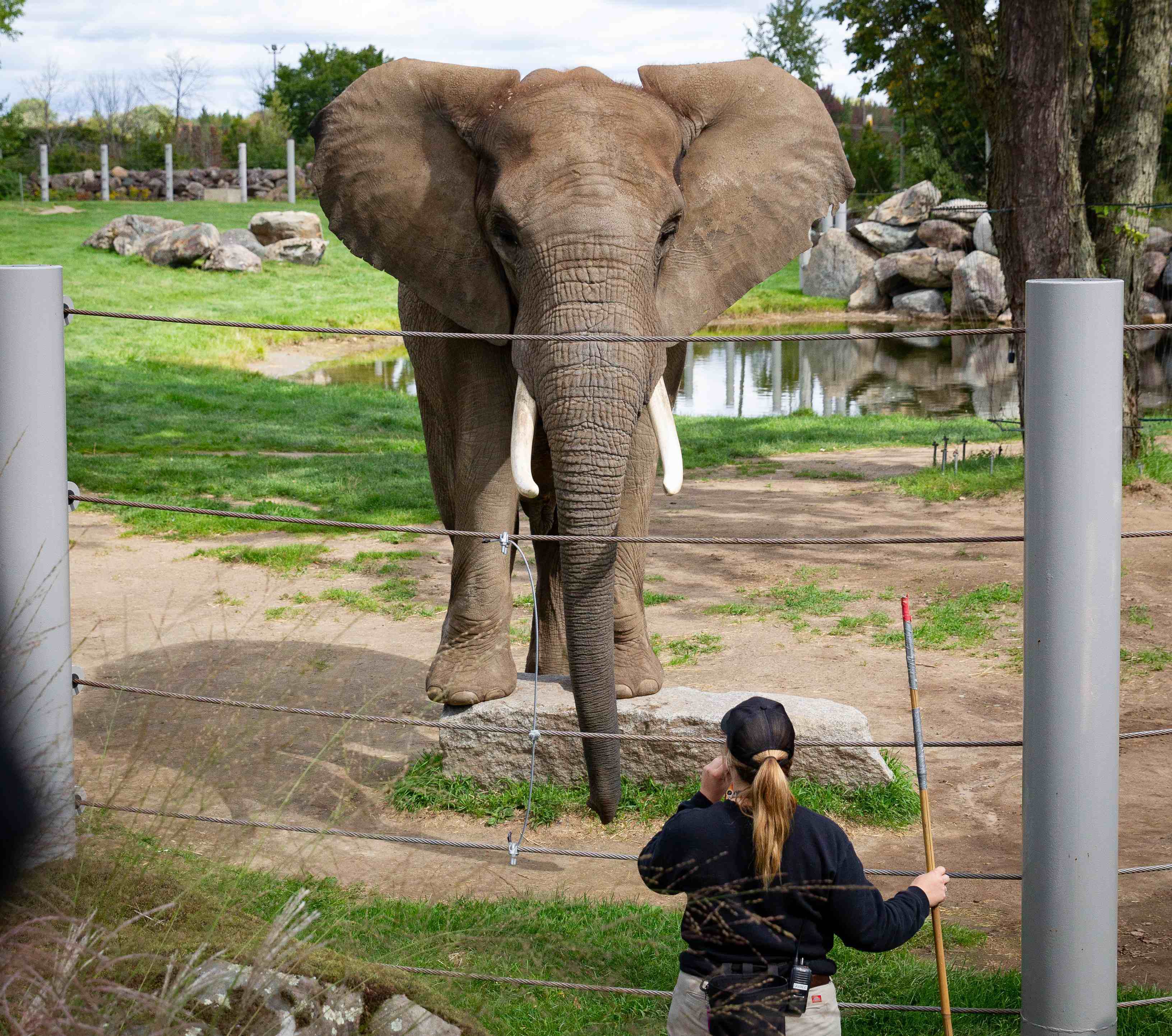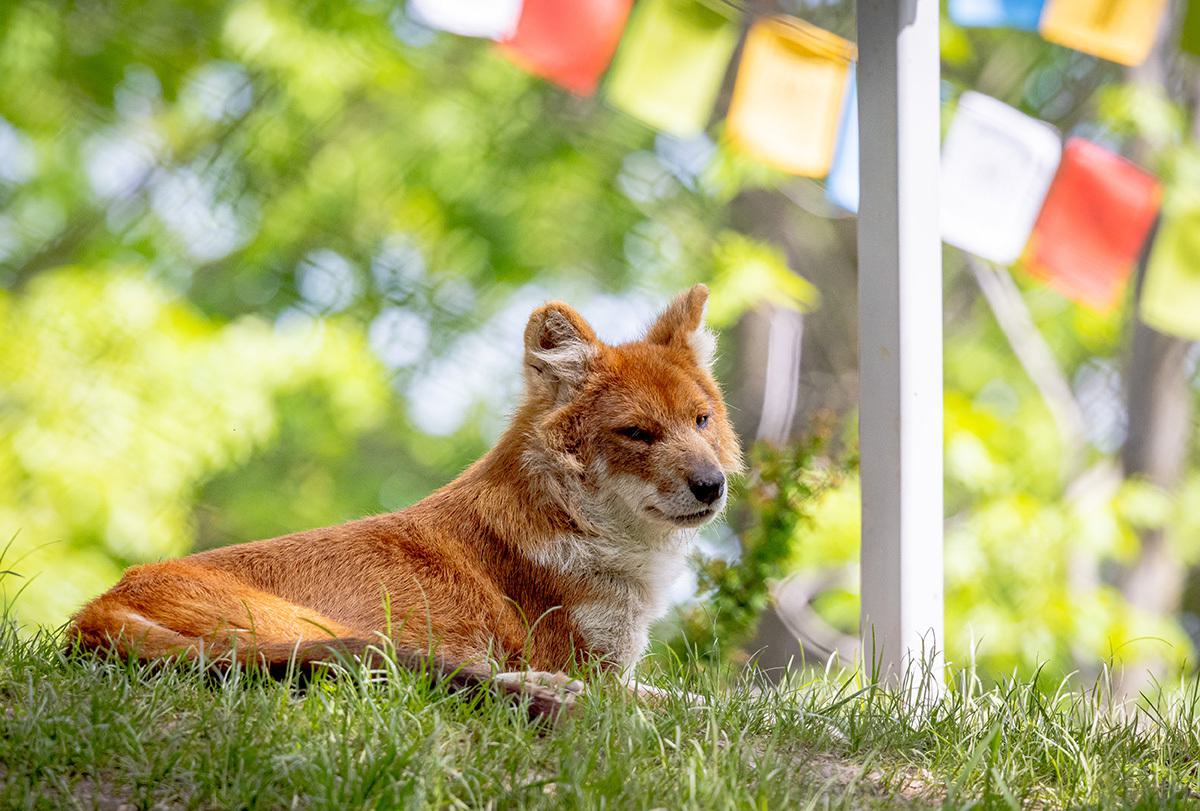
Dhole
Distribution
Central Asia
Diet
Carnivore
Habitat
Mixed forest
Latin Name
Cuon alpinus
IUCN conservation status
- Extinct
- Critically endangered
- Endangered
- Vulnerable
- Near threatened
- Least concern
Smaller than a wolf, these Asian wild dogs have a long bushy tail similar to that of a fox.
Interesting informations
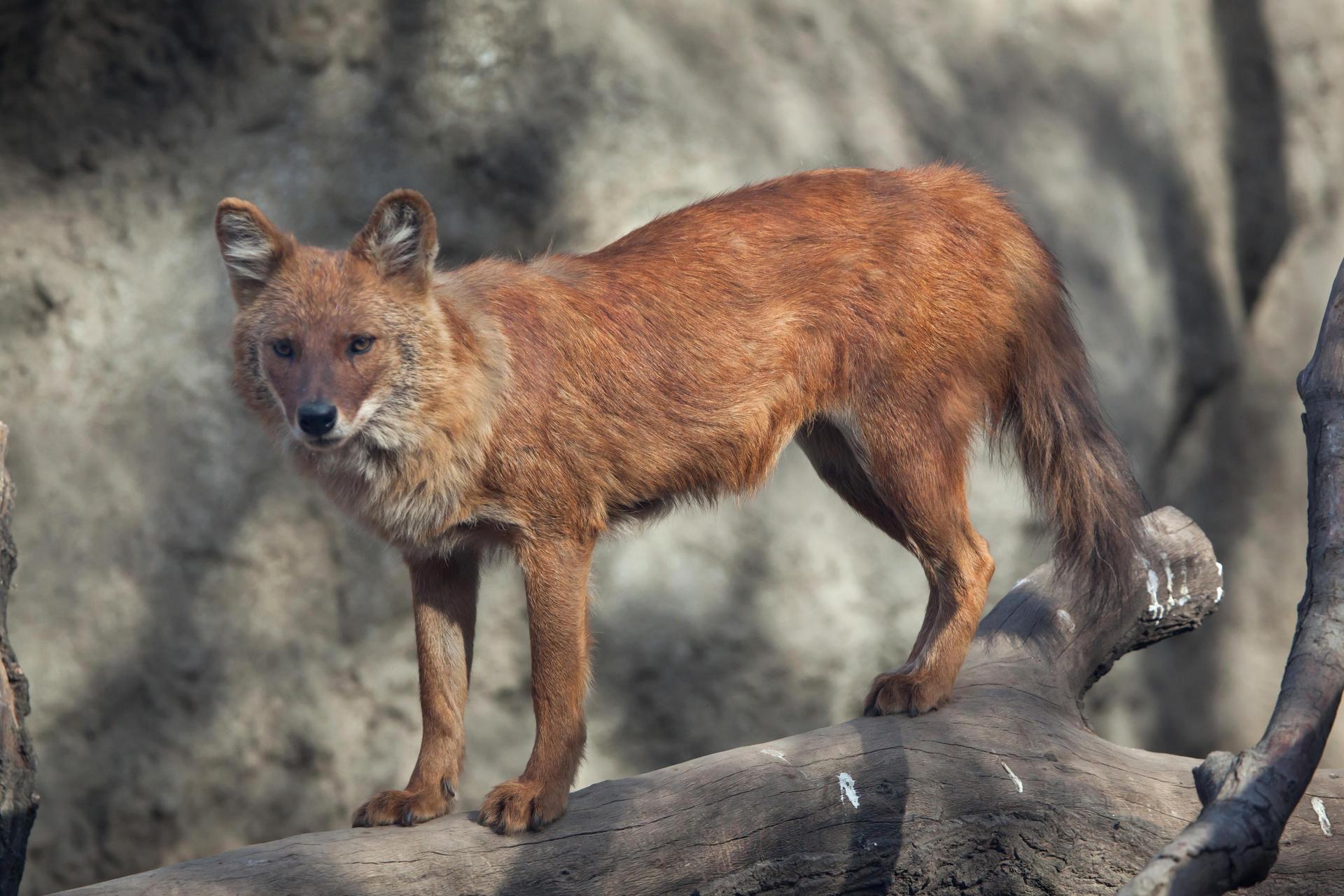
Strength in Numbers to Conquer Bigger Prey
A group of wild dogs can attack almost any prey, up to 10 times their size. Sambar deer, weighing around 50 kilos, can be counted among their favourite prey. Wild pigs, goats, monkeys and even rodents are also included on the menu.
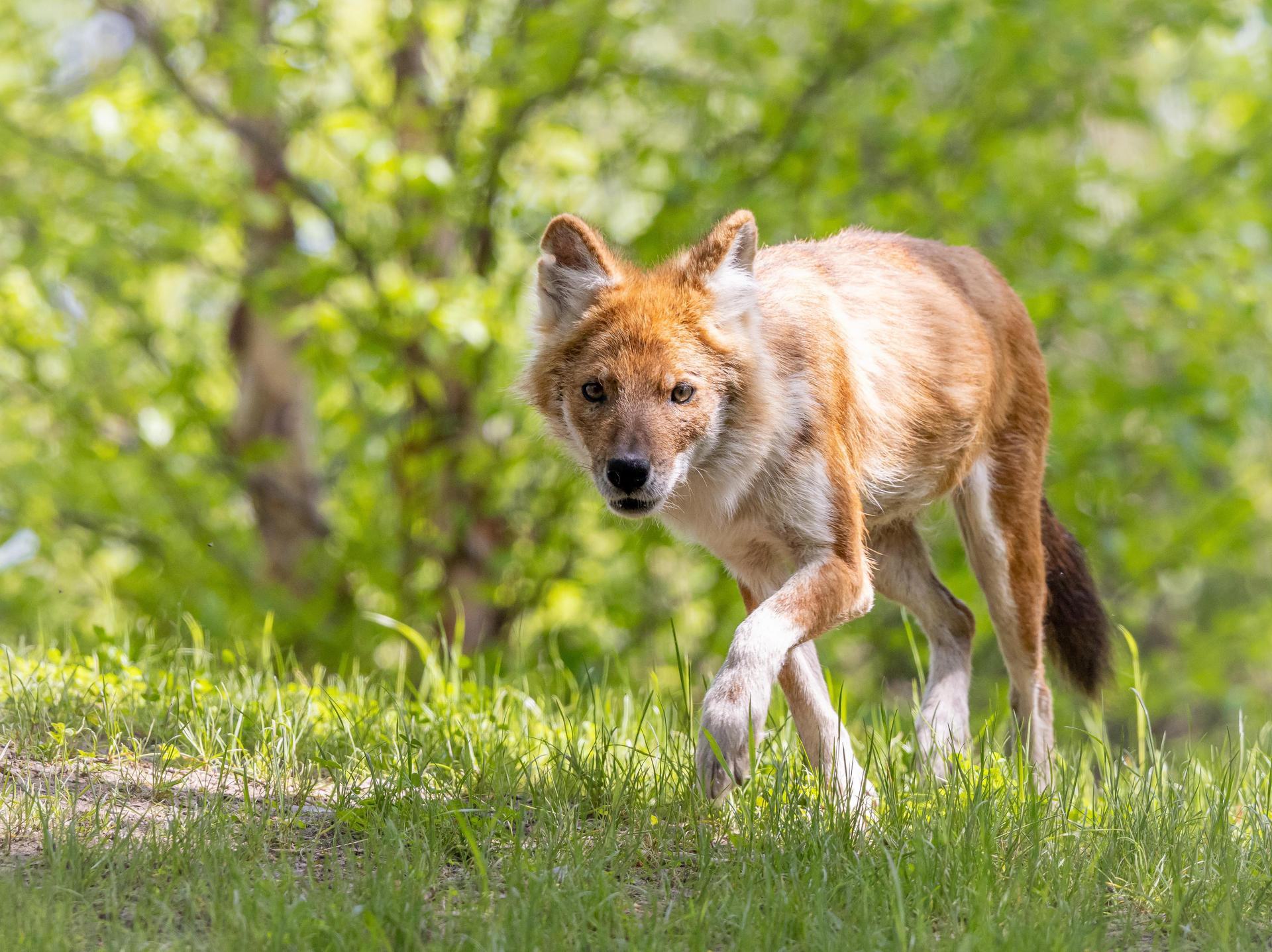
A Body Designed for Endurance
Like most canids, dholes are not as fast as they’re robust: they can run up to 55 km/h and maintain this pace for several long minutes. By relaying each other during the hunt, they're able to exhaust their prey. Dholes have an excellent sense of smell.
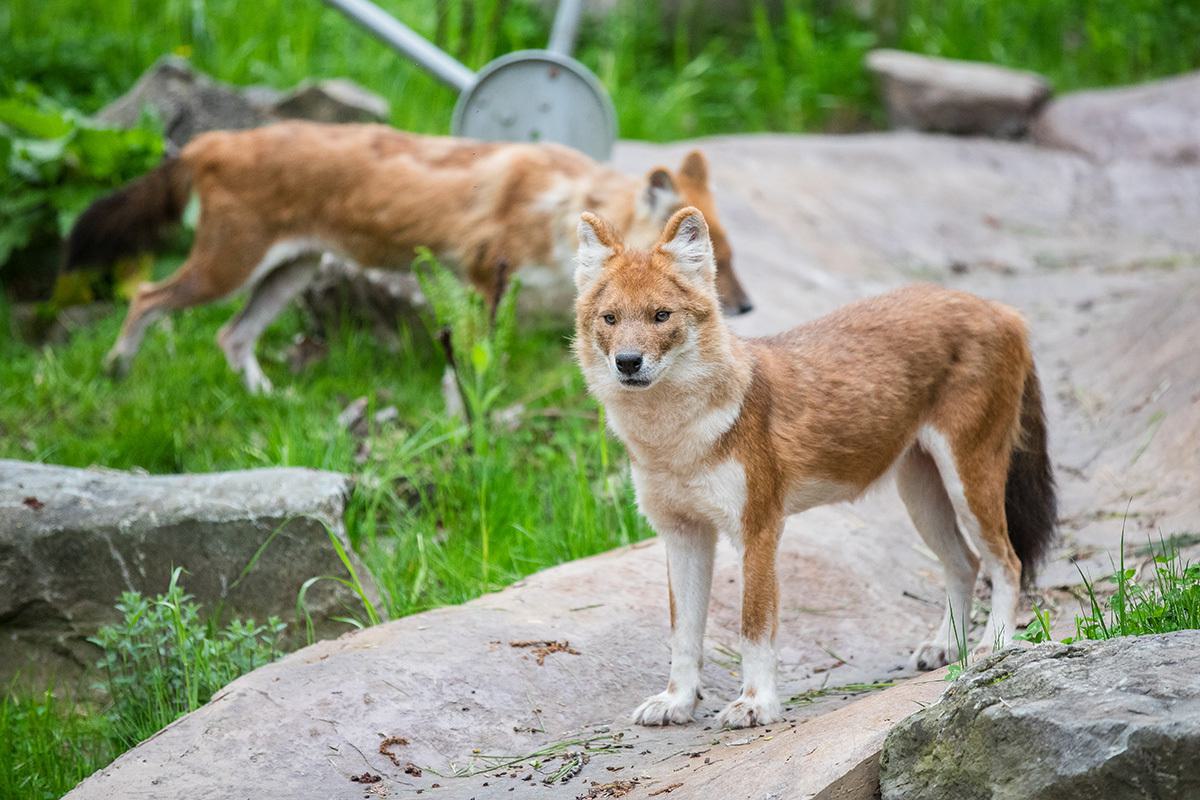
All for One and One for All
They live in packs of about ten individuals, dominated by an alpha couple who are the only ones to reproduce. The whole clan participates in raising the pups and feeds the mother and her offspring by regurgitation. The female gives birth to an average of 8 pups, but the presence of 14 nipples implies that she can have larger litters.
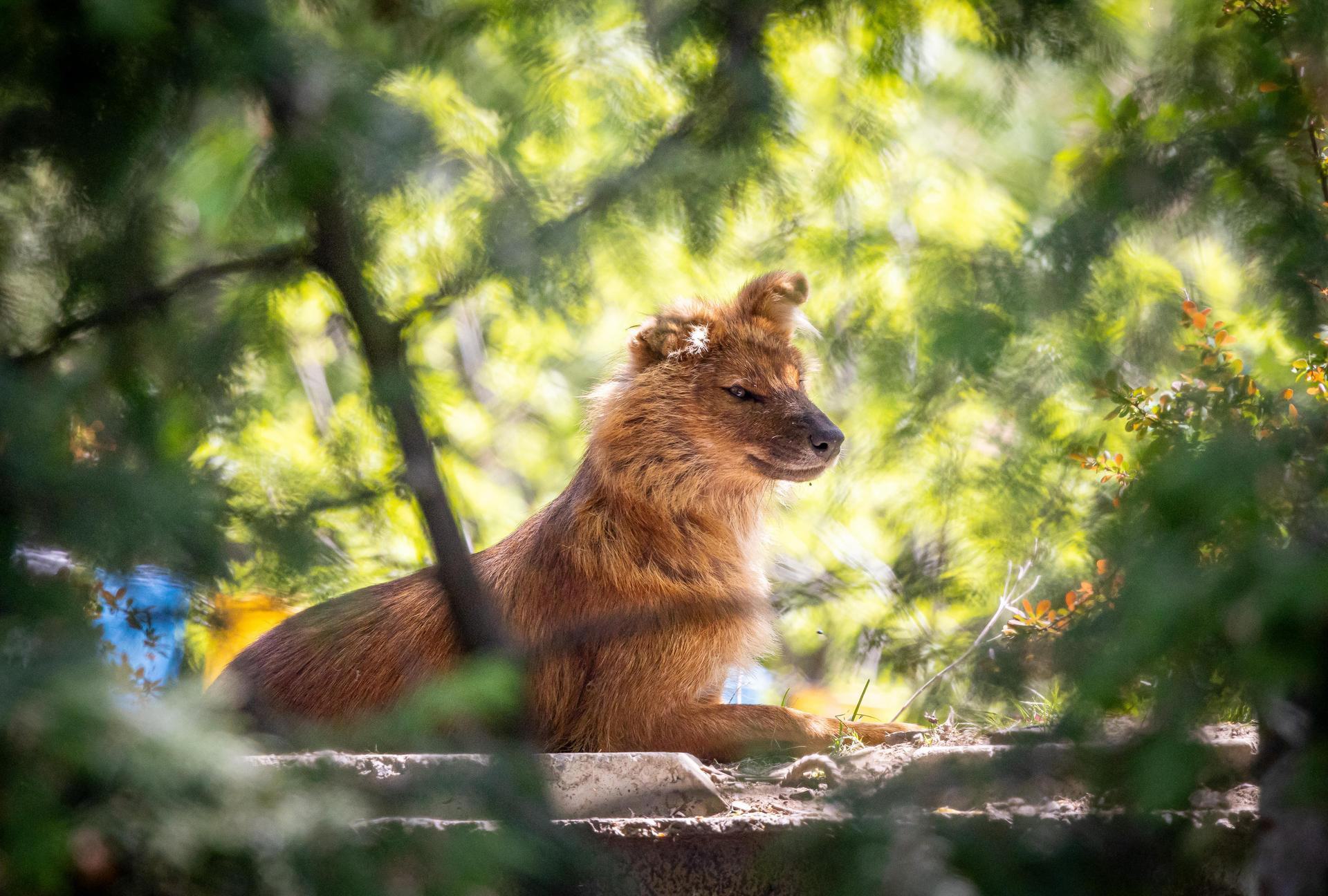
A Rapidly Shrinking Distribution Range
Although they can be found in several Asian countries, current populations are small and isolated, threatening their long-term survival. Dholes have reportedly lost 75% of their original range. It's estimated that there are about 2,500 individuals capable of breeding in the wild.
Featured animals
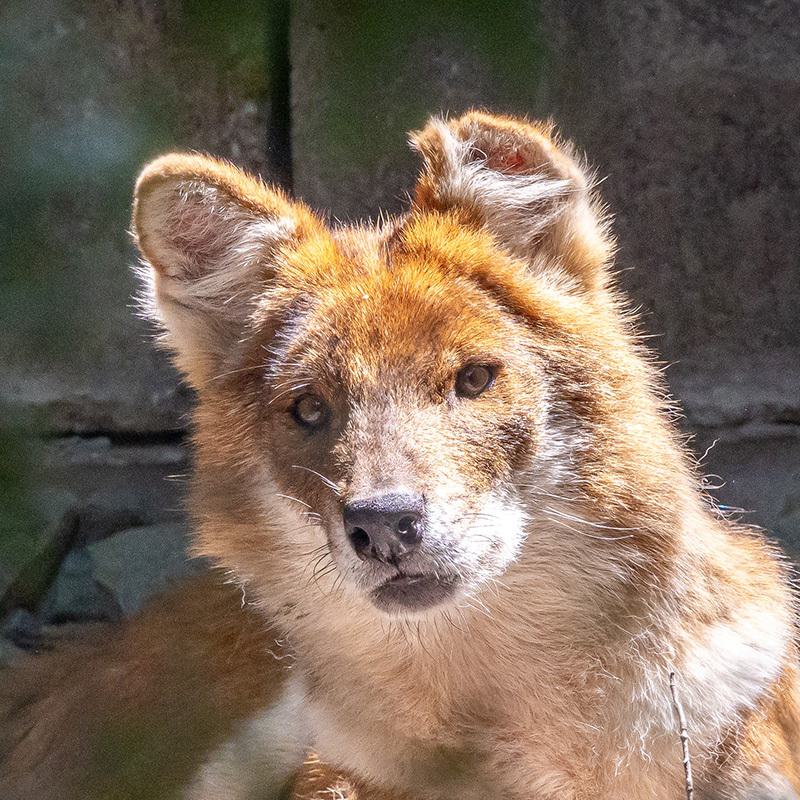
Ushki
Date of Birth
February 29, 2016
weight
46.30 lb / 21 kg
Her place in the pack
Since her arrival at the Zoo, Ushki has gained a lot of confidence and is aiming for the throne. She’s the one in the pack who challenges Berezi the most and questions her authority. She’s currently 2nd in the hierarchy.
She knows her place, but, when given an opportunity, she’ll test her limits with the dominant female, particularly at mealtimes.
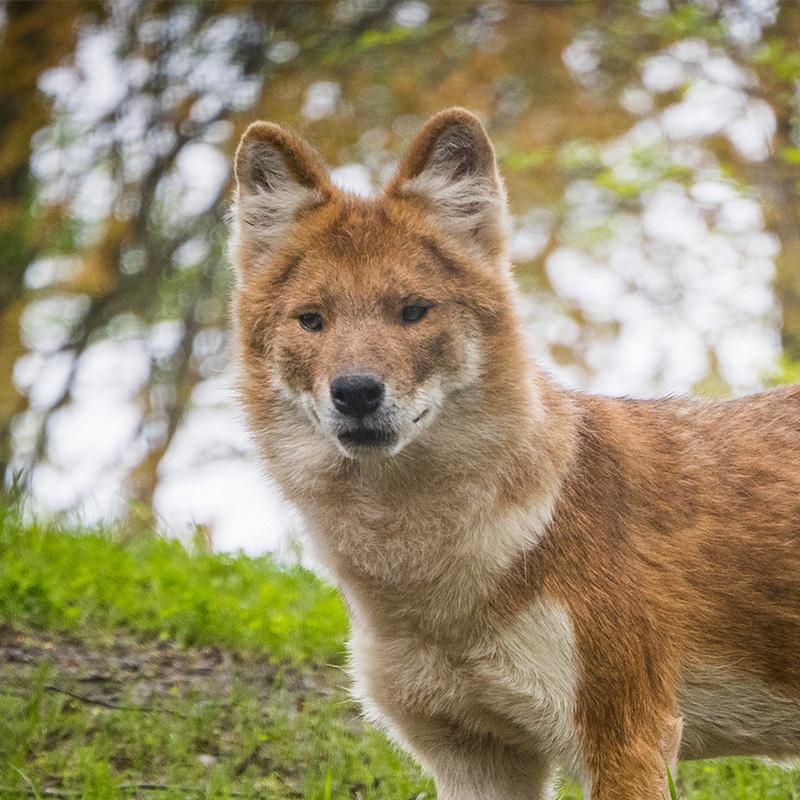
Tandoori
Date of Birth
January 29, 2015
Weight
46.30 lb / 21kg
Her place in the pack
Tandoori, the dethroned queen, held the dominant position in the zoological institution that previously housed them. With their arrival at the Zoo de Granby and the introduction of two new males, the game plan has changed.
. Tandoori, however, seems quite content with her position and isn’t stirring up trouble in the pack, although she does have to deal with the occasional bravado from Ushki, who wants to consolidate her position as number 2 in the pack.
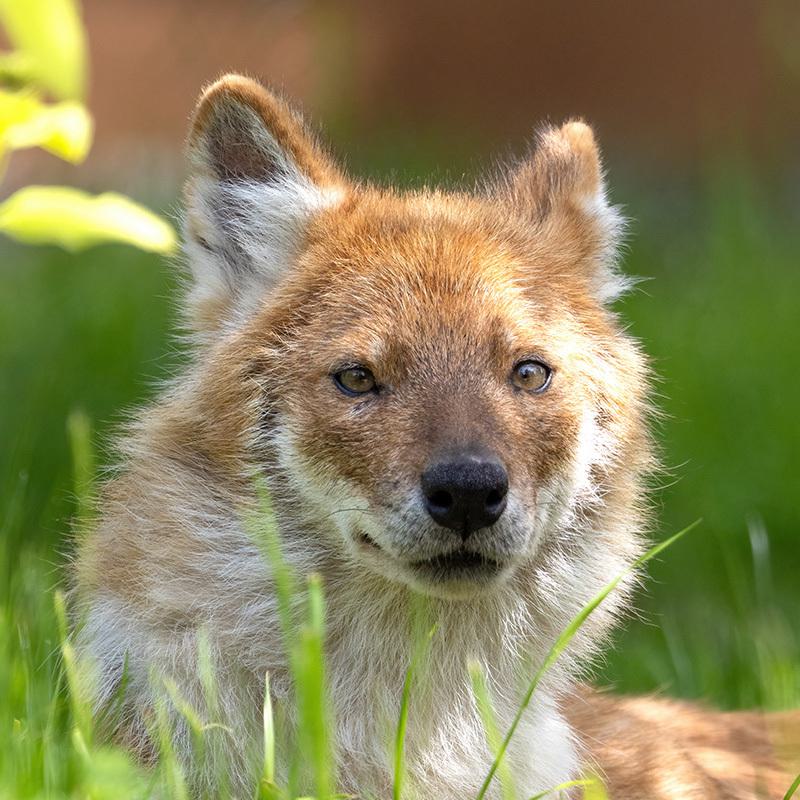
Sadie
Date of Birth
February 29, 2016
Weight
35.27 lb / 16 kg
Her place in the pack
Of the group, she’s the one with the biggest appetite even though she’s the smallest of the pack in terms of weight. When tempers flare and the group becomes agitated, Sadie prefers to remain neutral, staying clear of any conflicts.
Fun Fact
She’ll be among the first to show up at mealtimes, which makes it easier for the technicians to work with her: she’s less suspicious of humans than her congeners, perhaps because of the association she makes with food!
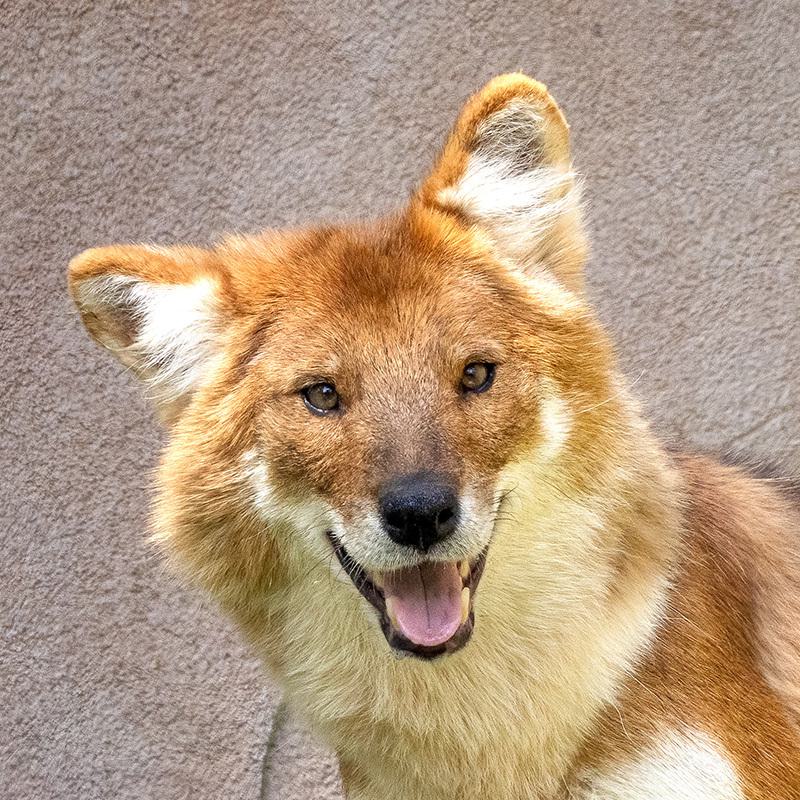
Scarlet
Date of Birth
February 29, 2016
Weight
39,68 lb / 18 kg
Her place in the pack
Discreet Scarlet is the shyest of the group: she goes about her own business, often withdrawn from the pack. She’ll usually be seen alone in her corner, seeking peace and tranquility rather than confrontation.
She’s rather submissive and never tries to challenge authority, and knows where she stands in the hierarchy.
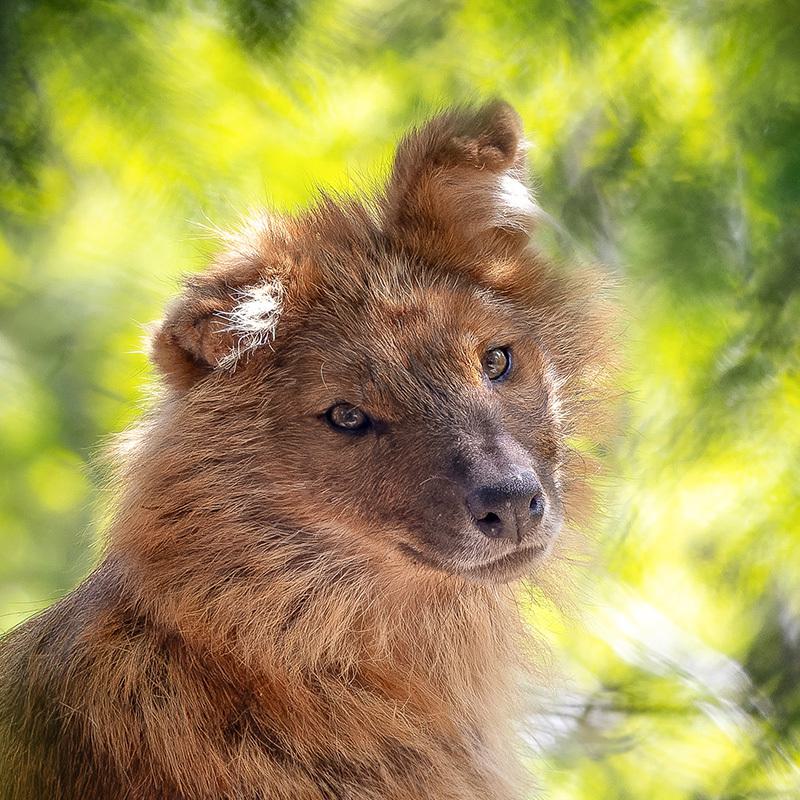
Camkilo
Date of Birth
April 30, 2022
Weight
Unknown
His place in the pack
Camkilo is one of the pack’s two males. Considered to be shyer than his brother Kimati when he first arrived, Camkilo has gained in confidence and even seems to be the most popular one with the females.
Particularity
He’s easily identifiable because of his missing right ear tip, a little souvenir he brought back from his stay in France. His name means “flamboyant” in Nepalese.
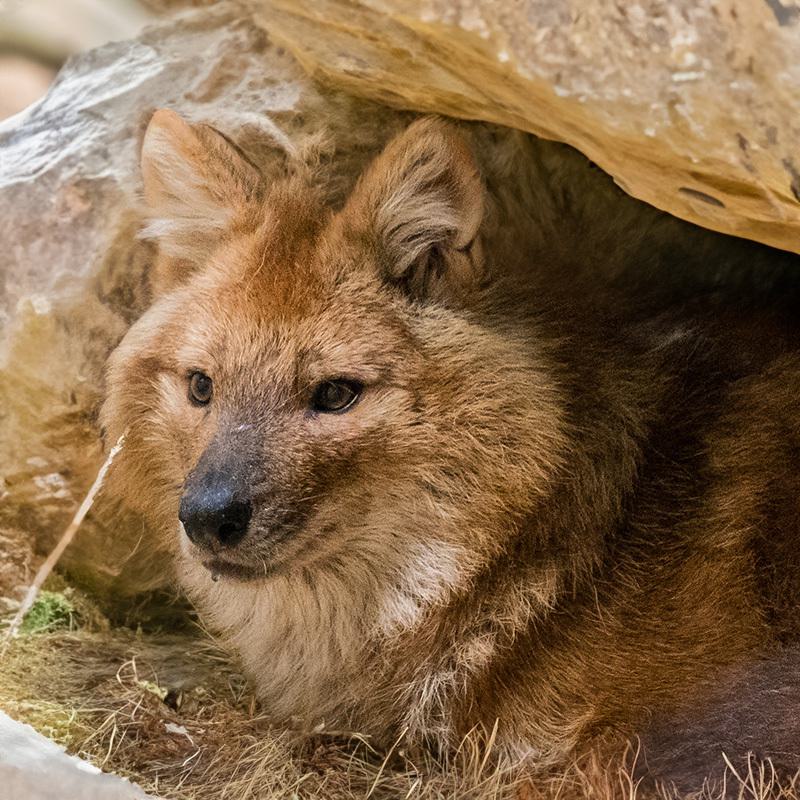
Kimati
Date of Birth
April 30, 2022
Weight
Unknown
His place in the pack
He’s one of the two males of the pack and is Camkilo’s brother from the same litter. He’ll often be found following the dominant female, Berezi, in the company of his brother. His name means “precious” in Hindi
Fun fact
Unaccustomed to human contact in France, Kimati is nonetheless curious when it comes to his technicians. Although he still lacks the courage to approach them, he follows their movements attentively.
